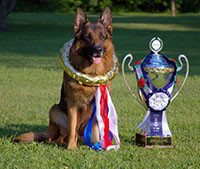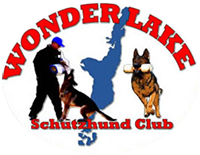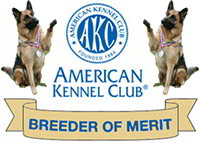Overview:
German Shepherds typically lose their puppy coat between four and six months of age, though some may begin as early as three months or as late as eight months. Signs of this change include more hair around the home, a coarser coat texture, subtle color shifts, and the need for more frequent grooming. Regular grooming and a balanced diet with quality protein, healthy fats, and key vitamins help manage shedding and support healthy coat growth.
If you’re raising a German Shepherd puppy, you’ve probably noticed their soft, fluffy coat and wondered when it will change into the sleek, adult version you see on grown dogs. When do German Shepherds lose their puppy coat is a question many new owners ask, and the answer can help you prepare for an important stage in your dog’s development.
The transition from a puppy coat to an adult coat is a natural part of your dog’s growth. It’s a sign that your puppy’s body is maturing. During this period, you may notice extra shedding, changes in texture, and even subtle shifts in color. Knowing what to expect makes it easier to care for your dog and keep their coat healthy.
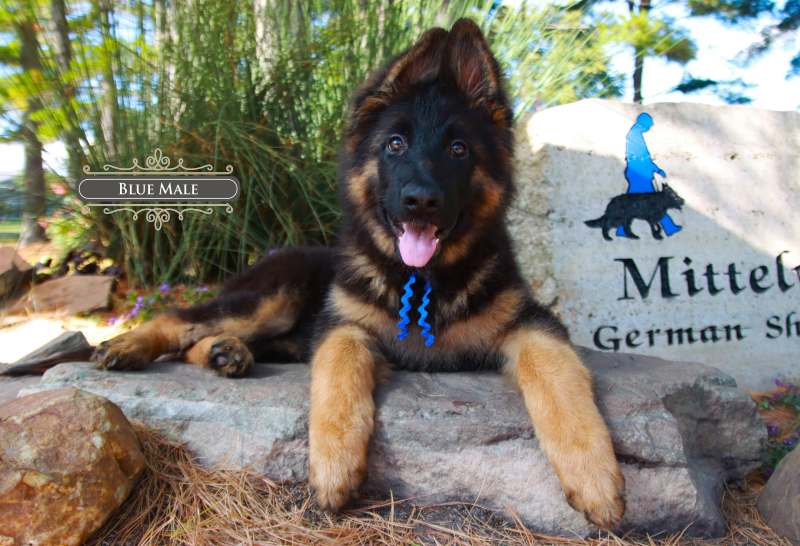
How Important Is A German Shepherd Puppy’s First Coat?
German Shepherd puppies are born with a soft, fluffy coat that helps them stay warm during the first weeks of life. This early coat is quite different from the dense double coat they will develop as adults. It is lighter in weight, less protective, and grows quickly as your puppy matures.
In the beginning, this coat plays an important role in your puppy’s well‑being. It keeps them insulated against cool temperatures, protects their sensitive skin as they explore new surroundings, and even offers a preview of the adult coat’s color pattern. While it may be one of the most charming features of a young German Shepherd, it is only temporary.
As your puppy grows, the soft coat will gradually give way to the breed’s signature adult double coat. It is designed for better protection from the elements and to support their active, energetic lifestyle. This transition marks an important step in your German Shepherd’s development and is a natural part of growing up
When Do German Shepherd Puppies Lose Their Coat?
Most German Shepherds begin losing their puppy coat between four and six months of age. The process is gradual, and the exact timing varies for each dog. Some puppies start earlier, around three months, while others may hold on to their puppy coat until closer to eight months.
During this period, you’ll notice increased shedding as the soft, fluffy fur comes out to make room for the new adult coat. The shedding may seem heavy compared to what you’ve seen before, but it’s completely normal. Regular grooming helps manage the extra hair and keeps your puppy comfortable.
Several factors can influence when the shedding begins. Genetics can play a role, with certain bloodlines maturing faster or slower. The season can also have an effect. Puppies entering this stage in spring or fall may shed more heavily due to seasonal coat changes. Finally, overall health and nutrition are important, as a balanced diet supports proper coat growth and condition.
Understanding this timeline allows you to prepare for the change and provide the care your puppy needs during this transitional stage. With the right grooming routine and a healthy diet, your German Shepherd’s coat will develop into a strong, protective layer that reflects the breed’s
What Are Signs Your Puppy Is Shedding Its Coat?
There are various indicators that a German Shepherd’s coat is beginning to change. The following signs can help you recognize when your puppy is moving from its soft baby coat to its more durable adult coat:
- More Hair Around The Home – You may notice tufts of fur on the floor, clinging to furniture, or collecting on your clothing.
- Coat Texture Changes – The fur may start to feel coarser or denser in certain areas, especially along the back and sides.
- Color Shifts -Subtle changes in coat color or shading can appear as the adult coat grows in.
- Increased Grooming Needs – Brushing may need to happen more often to keep loose hair under control and prevent tangles.
Recognizing these changes early allows you to adjust your grooming routine, keeping your puppy more comfortable and helping the coat transition happen smoothly. Regular brushing not only manages shedding but also supports healthy coat development.
The Adult Double Coat: What To Expect
Once your German Shepherd has shed their puppy coat, it will be replaced by the breed’s well‑known double coat. It is designed to protect them in a variety of climates and conditions, but it also means grooming will become a regular part of your routine.
The Topcoat
The topcoat is made up of coarse guard hairs that help repel water and protect against dirt, debris, and other environmental elements. This layer gives the German Shepherd its sleek, polished appearance while serving as the first line of defense against the weather.
The Undercoat
Beneath the topcoat lies the undercoat. It’s a dense, soft layer that insulates the dog in both hot and cold temperatures. This is the part of the coat responsible for much of the breed’s shedding, especially during seasonal coat changes in spring and fall.
The combination of these two layers is what makes the German Shepherd so adaptable to different environments, but it also means they shed consistently throughout the year. Understanding the purpose of each layer will help you prepare for the grooming and coat care needed well beyond the puppy stage.
Grooming During The Puppy Coat Transition
When your German Shepherd starts losing its puppy coat, regular coat care becomes essential. A consistent routine helps control shedding, supports healthy coat growth, and gets your puppy used to being groomed from an early age. Here are some tips to make the process easier:
- Brush at least two to three times per week with a slicker brush or undercoat rake.
- Start grooming sessions short to help your puppy get used to the process.
- Keep grooming positive with treats and praise.
- Bathe only when necessary to avoid drying out the skin.
Consistent grooming during this stage makes the process smoother and helps your puppy get comfortable with regular coat care.
Nutrition’s Role In Coat Development
A healthy coat begins with proper dog nutrition. The food you choose for your German Shepherd puppy plays a direct role in how their coat develops and how much they shed. Diets rich in high‑quality protein help strengthen hair follicles and support healthy growth. Essential fatty acids such as omega‑3 and omega‑6 also contribute to a shiny, well‑conditioned coat while helping reduce dryness and irritation.
Vitamins and minerals are equally important. Nutrients like zinc, biotin, and vitamin E work together to maintain skin health, which in turn supports the quality of the coat. Puppies that receive a balanced, nutrient‑dense diet from the start are more likely to develop a strong, vibrant adult coat and maintain healthier skin throughout their lives.
Long‑Haired vs. Short‑Haired German Shepherds
Both long‑haired and short‑haired German Shepherds go through the same general shedding process. However, the way the coat comes out and the grooming needs can differ. The table below outlines the key differences.
| Coat Type | Shedding Pattern | Grooming Needs | Common Challenges |
| Long‑Haired | Loses hair in larger clumps | More frequent brushing to prevent tangles | Mats and knots, if neglected |
| Short‑Haired | More even shedding across the coat | Regular brushing to remove loose undercoat | Heavy undercoat buildup if not maintained |
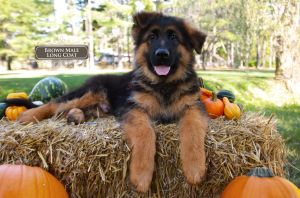
While the puppy coat shedding timeline is similar for both coat types, long‑haired German Shepherds generally require more hands‑on grooming to keep their coat healthy. Short‑haired dogs may seem easier to manage, but they still shed heavily and need consistent coat care.
Understanding Your Puppy’s Coat Change
When your German Shepherd loses its puppy coat, it marks a big step in their development. The process is natural, but it can be a surprise if you’re not prepared for the amount of shedding involved. By knowing the timeline, recognizing the signs, and keeping up with grooming and nutrition, you can help your puppy transition smoothly to their adult coat.
At Mittelwest German Shepherds, we raise puppies with strong genetics, excellent coat quality, and the early handling that helps them adjust to grooming from the start. We guide new owners on coat care, shedding management, and overall health so your puppy grows into a confident, well‑cared‑for adult. With the right start and ongoing care, your German Shepherd’s coat will be as healthy and beautiful as the dog wearing it.
